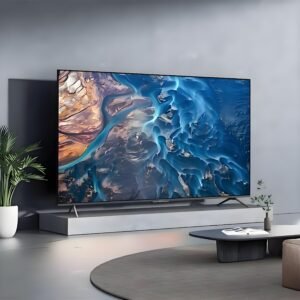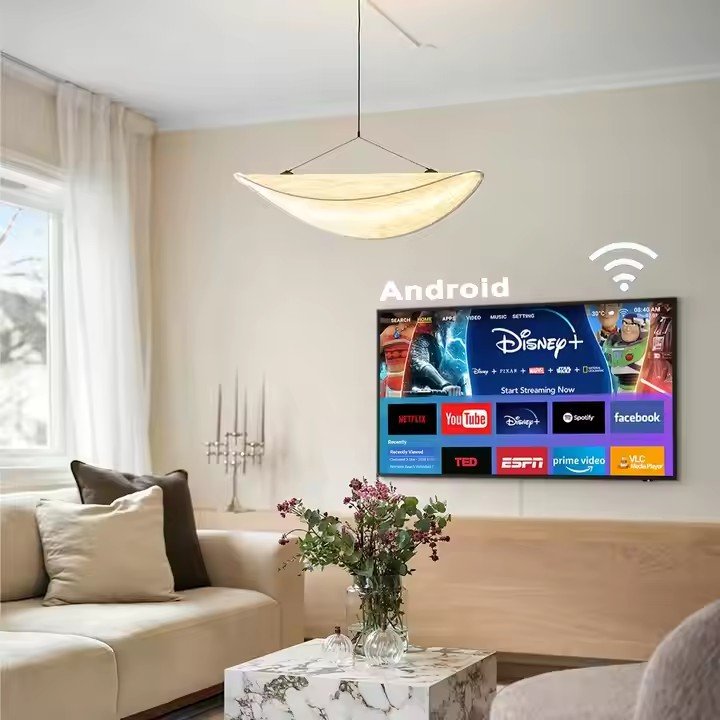The television, a informativeness invention that reshaped global communication and culture, has evolved through groundbreaking innovations over the past century. Its journey mirrors humanity’s quest for visual storytelling and technological perfection.

Mechanical Beginnings (1920s–1930s)
Television’s origins trace back to mechanical systems. In 1926, Scottish engineer John Logie Baird demonstrated the first working electromagnetically TV, using spinning disks and neon lamps to transmit grainy images. Concurrently, Philo Farnsworth’s 1927 “Image Dissector” electronic camera tube laid the foundation for fully electronic television. By the 1930s, companies like RCA commercialized cathode-ray tube (CRT) TVs, broadcasting experimental programs with resolutions below 400 lines. These early sets were bulky, costly, and limited to affluent households, yet they ignited a revolution in real-time visual communication.
The Golden Age of CRT (1940s–1960s)
Post-World War II, CRT technology dominated. The 1940s saw standardized broadcasting (NTSC in the U.S.), while the 1950s introduced mass-produced TVs with 12- to 21-inch screens. Iconic models like the RCA 630-TS (1946) brought families together for news and entertainment, symbolized by events like the 1969 moon landing broadcast. Color TV emerged in 1954 with RCA’s CT-100, using a complex system of red, green, and blue phosphors. Despite initial high costs and limited color content, by the late 1960s, color sets became mainstream, redefining advertising and sports broadcasting.
The Rise of Flat Screens and Digitalization (1970s–2000s)
The 1970s introduced portable TVs and remote controls, but the true disruption came with flat-panel displays. Japan pioneered liquid crystal display (LCD) technology in the 1980s, culminating in Sony’s Trinitron CRT-LCD hybrids. Plasma TVs debuted in 1997 (Panasonic’s 42-inch model), offering slim designs and vibrant colors. Simultaneously, digital broadcasting emerged: the 1996 ATSC standard in the U.S. enabled high-definition (HD) 720p/1080i resolutions. DVDs and HDMI ports (2003) further enhanced home theater experiences, while companies like Samsung and LG competed to slim down bezels and expand screen sizes.
The Smart Era (2010s–Present)
Televisions transformed into interconnected hubs with the 2007 launch of LG’s “NetCast” and Samsung’s “Internet TV.” Smart TVs, powered by systems like Android TV and Tizen OS, integrated streaming apps (Netflix, YouTube) by the 2010s. Resolution leaped from HD to 4K (2012) and 8K (2018), paired with OLED (2013) and QLED (2017) panels for deeper contrasts. Voice assistants (Alexa, Google Assistant) and AI upscaling became standard, while micro-LED and rollable screens (LG’s Signature OLED R, 2020) pushed design boundaries. Streaming’s dominance even prompted “cord-cutting,” with 31% of U.S. households abandoning cable TV by 2023.
Sustainability and the Future
Today’s TVs prioritize energy efficiency (EU Energy Labels) and recyclable materials. Innovations like transparent displays, holographic projections, and AR-integrated TVs hint at a future where screens blend seamlessly into environments. Meanwhile, technologies like Samsung’s “The Wall” modular TV redefine scalability.
Conclusion
Television’s evolution—from mechanical scans to AI-driven 8K—reflects a relentless pursuit of clarity, accessibility, and immersion. Each era addressed limitations while expanding TV’s role from a passive medium to an interactive, on-demand portal. As 5G and metaverse-ready TVs emerge, the “boob tube” continues to reinvent itself, proving that even in the age of smartphones, the big screen remains irreplaceable.








